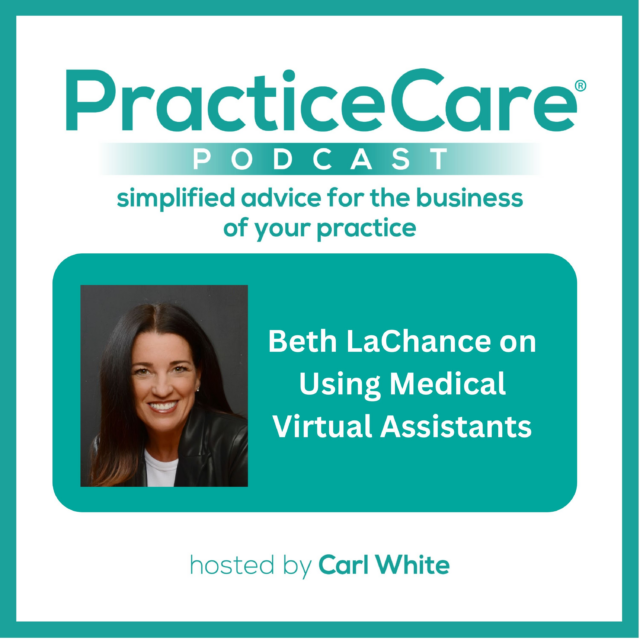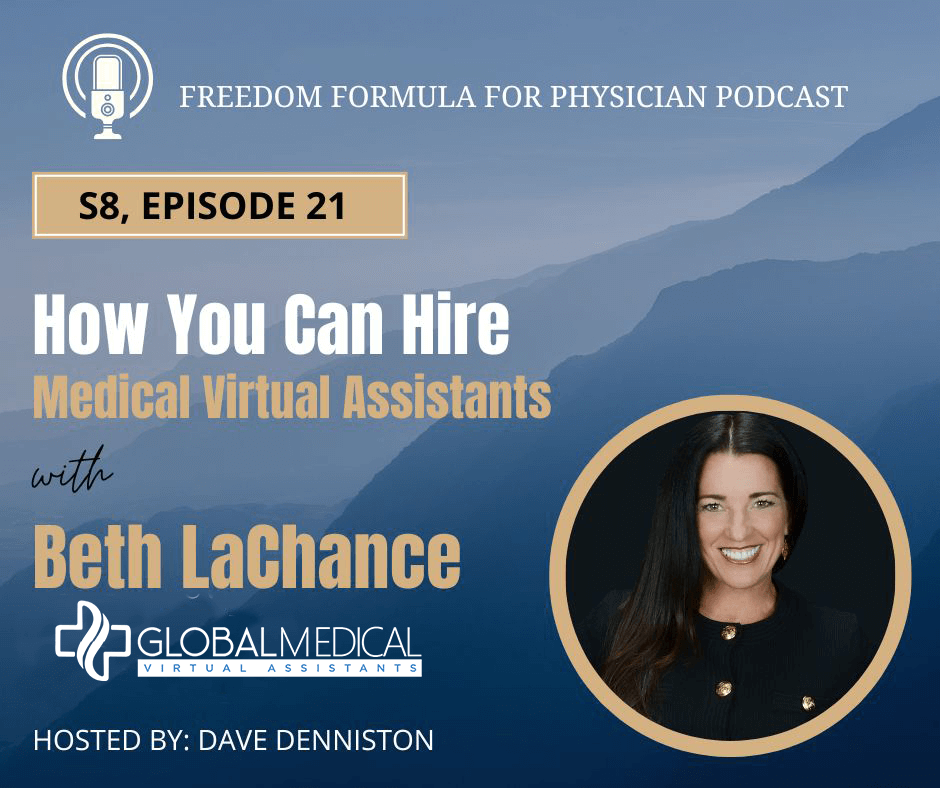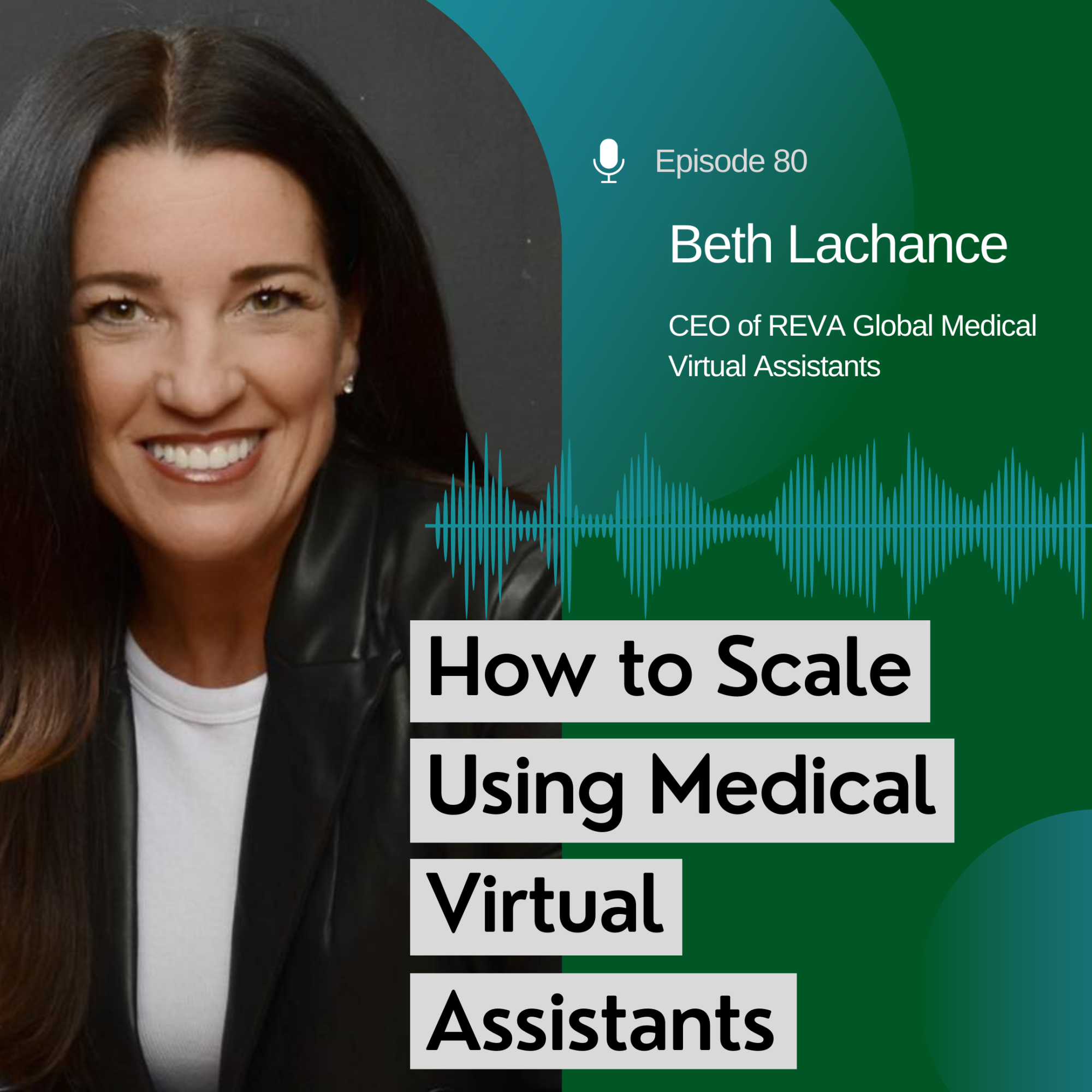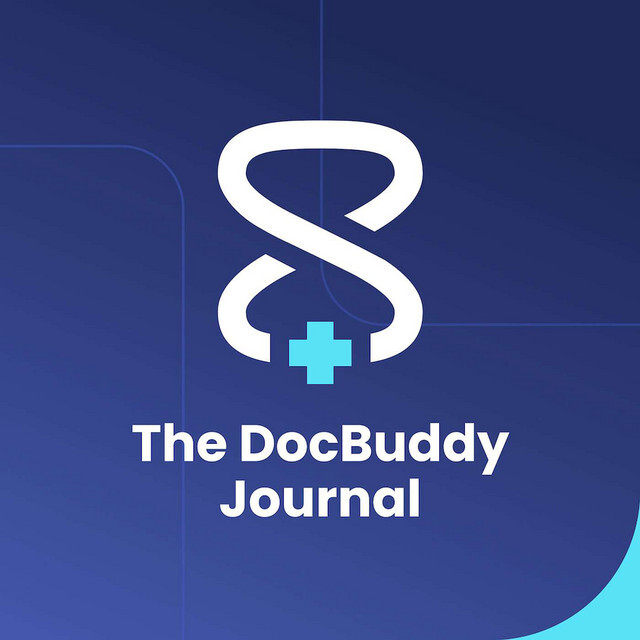Preston Strada
Podcast Summary
GMVA Founder and CEO, Beth Lachance, recently joined host Carl White on the PracticeCare podcast to talk about how medical practices can stay independent and thrive despite mounting staffing shortages, rising administrative demands, and growing patient volumes.
Drawing on her 20+ years in pharma, specialty pharmacy, and surgical devices, Beth shares how Global Medical Virtual Assistants (GMVA) helps practices nationwide relieve administrative overload by placing highly trained, HIPAA-certified medical virtual assistants who plug directly into existing workflows, systems, and care teams.
Highlights from the episode
-
A growing admin crisis: Beth explains why administrative and patient access roles are harder than ever to fill and retain, and how that burden is pushing physicians, nurses, and MAs toward burnout as visit volumes rise but resources don’t.
-
Where MVAs plug in: From phones, scheduling, referrals, and fax management to insurance verifications, prior authorizations, billing, and denial follow-up, Beth outlines the many ways GMVA virtual assistants support both front desk and back office operations.
-
Security and HIPAA first: Beth details GMVA’s compliance model, including HIPAA certification for all staff, secure “enclave” workstations, and direct logins into client EMRs and phone systems, without storing or downloading PHI on local devices.
-
AI as collaborator, not replacement: Beth shares how GMVA is actively developing AI-powered tools, starting with insurance verification, to automate routine tasks while keeping humans in the loop for complex judgment, quality control, and patient-facing interactions.
-
Protecting teams and improving patient experience: Rather than replacing in-house staff, Beth explains how MVAs help reduce hold times, no-shows, and cancellation-related revenue loss, while freeing on-site teams to focus on high-value patient interactions and a better overall experience.








.jpg)
.jpg)
.jpg)
